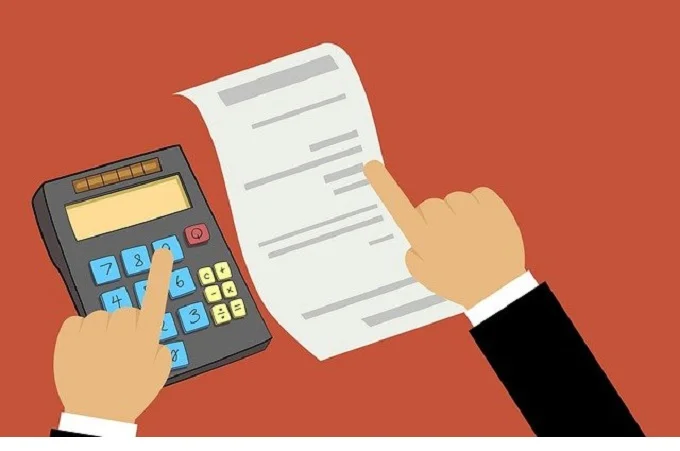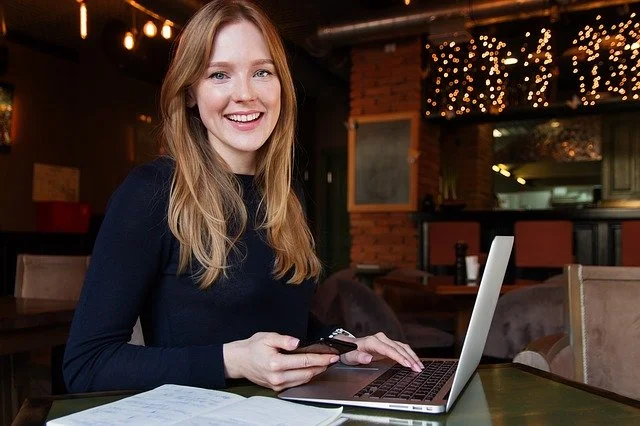5 tips for creating a budget you can stick to

There are two types of people. You have the people who buy all the clothes and stuff they’ve accumulated in their online shopping carts on payday. And some people arrange their finances on payday and transfer a large part to their savings account. Are you type 1, and would you like to become type 2? Then budgeting can be the solution.
Budgeting sounds more complicated (and perhaps more boring) than it is. The hardest part is probably sticking to your monthly budget. Fortunately, we have also collected some tips for this.
5 tips for budgeting (and sticking to it)
With the help of these tips, you create a monthly budget that you can stick to. Let that savings account fill up!
Determine your budget
Many people do not even know exactly how much is in their bank account and what they spend their money on. You guessed it: that is the first step to drawing up a monthly budget that you will stick to. If you don’t know how your finances are now, you don’t know how much you spend and how much you can realistically save.
So grab a pen and paper (or a laptop) and write down the different categories you spend each month on before you start budgeting. You can think of fixed costs (such as insurance and rent/mortgage), groceries, subscriptions, outings, catering, clothing, beauty, interior, gifts, savings, investments, charity, etc. Which categories you have exactly, depends of course, entirely on your personal expenses.
Then you will divide your expenses over many months into these categories. This way, you know exactly how much you are spending, making much more realistic budgets. If you now spend 300 dollars per month on clothing, a budget of 50 dollars, for example, will not be very realistic. It is better to go for a budget of 250 dollars. You can always adjust this downwards later.
Determine your priorities
Of course, you also really want to stick to your budget. Determining your priorities is an important step in this. Logically, paying your rent/mortgage and other fixed costs is a priority, but by this, we also mean priorities that only apply to you.
For example, one person finds fashion very important, while the other cannot do without his daily walk with a coffee to go. To make budgeting a success, you have to give these kinds of expenses – actually your happiness in life – a place in your monthly budget.
So remember that you have to make choices. You can’t make all the fun things in life a priority.
Build up a pot for financial setbacks
Financial experts often give a tip to set aside a certain percentage of your income (at least 10 percent) for financial setbacks. You can use this to pay your fixed costs if you are fired, or you can replace your washing machine if it breaks. You can decide how much you want and put it aside, but make sure you include it in your budget.
Find a savings buddy
To hold yourself accountable when budgeting to save, a savings buddy can help—for example, your partner, a family member, or a close friend. Then you can ask each other how your savings are going. How much have you saved? What is your goal? How close are you? And have you secretly taken money from your savings account?
Together you can also take on a challenge as motivation to start saving seriously. You could also do this on your own. There are plenty of savings challenges online where you put something aside every week, for example.
Use a budget app
Let’s be honest: if you’ve set up a budget for groceries or clothes, for example, you don’t want to go to a spreadsheet every time you pay to see how much room that leaves in your budget.
Here you set a budget for a certain category. The app will then send you a notification when you are almost at your limit. You can also check at any time how much you can still spend within your budget this month. Because the app is linked to your bank account, it hardly takes any effort for you. Budgeting has never been so easy




